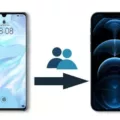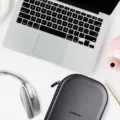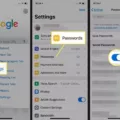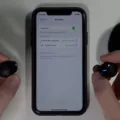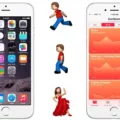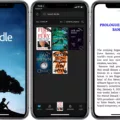Are you looking for a way to easily connect your iPhone to your Macbook without using a USB cable? With modern technology, it is now possible to connect your iPhone and Macbook wirelessly. This article will provide an overview of how you can use different methods to connect your devices without wires.
The most common method of connecting an iPhone and Macbook wirelessly is by using the Finder app on your Macbook. This app will search for any nearby iPhones that are connected to the same Wi-Fi network as your laptop. Once you have located the device, simply click on its icon in the Finder window and select the option to sync data between both devices.
Another way to connect your iPhone and Macbook wirelessly is through iCloud. iCloud is Apple’s online storage solution which allows you to store all of your music, pictures, documents, and other important information in one central location. By enabling iCloud on both devices, you can easily share data between them without ever having to plug any cables in.
If you don’t have access to a Wi-Fi network or iCloud, then you may want to consider using Bluetooth or AirDrop technology instead. By enabling Bluetooth on both devices, you can establish a connection between them which will allow for quick file transfer without having to use wires or cables at all. AirDrop is similar but it uses ad-hoc Wi-Fi networks instead of Bluetooth so it can be used even if there isn’t an existing Wi-Fi network available for both devices.
Finally, if you’re using macOS 12.5 or earlier then you can enable Handoff which allows for easy streaming of content from one device to another wirelessly over a Bluetooth connection. With this feature enabled, all you need to do is select the content that you would like streamed from one device to another and it will be sent over instantly with no waiting required.
Overall, there are many ways that you can connect an iPhone and Macbook wirelessly without having to use any cables at all! Whether it’s through the Finder app, iCloud, Bluetooth, AirDrop, or Handoff; these methods are much more convenient than having to plug in multiple USB cables each time!
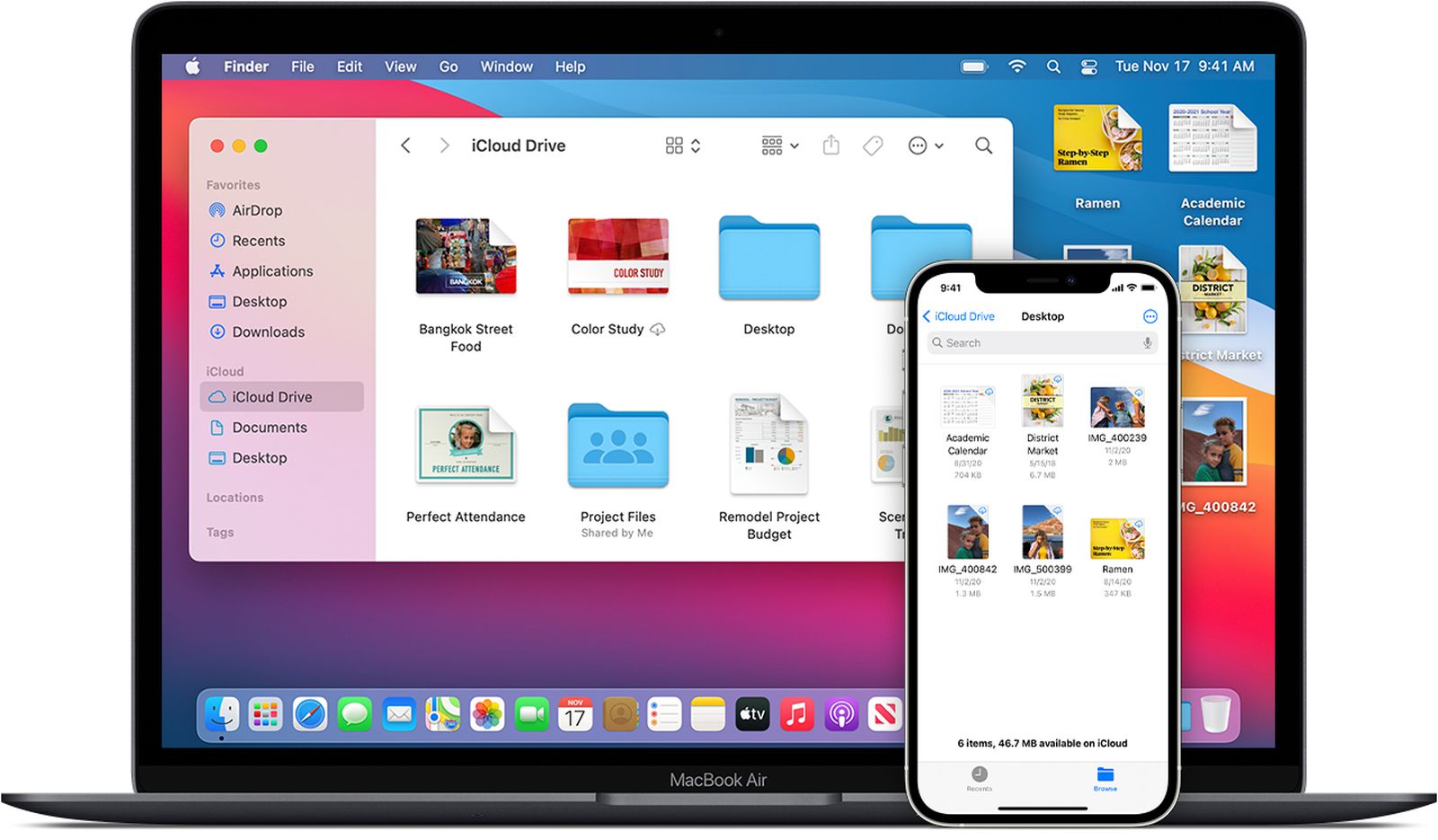
Pairing an iPhone with a MacBook
To pair your iPhone with your MacBook, you will need to connect your device to your Mac via a USB or USB-C cable. Once connected, the device icon should appear in the Finder sidebar. Click on the device icon and select the “Sync” option from the list of available options. You can then choose which items you would like to sync between your iPhone and Mac. Additionally, if you have iCloud enabled on both devices, this will automatically sync any data stored in iCloud (e.g., contacts, photos, etc.).
Connecting an iPhone to a MacBook Without a USB
Connecting your iPhone to your MacBook without USB is very easy! To do this, you will need to make sure that both devices are connected to the same Wi-Fi network.
Once they’re both connected, open the Finder app on your Macbook. Your iPhone should then appear in the left sidebar under Locations. Click on it and you’ll be able to access all of the content stored on your phone, including photos, videos, music, and contacts.
You can also use iCloud to transfer files between your iPhone and Macbook without using any cables or wires. Simply sign in with the same Apple ID on both devices and enable iCloud Drive on your Macbook. Then go to Settings > iCloud > iCloud Drive on your iPhone and toggle it on. Once it’s enabled, you can access files from both devices in one place.
If you don’t have a Wi-Fi connection available, you can also connect using your iPhone’s personal hotspot feature. Just head to Settings > Personal Hotspot and toggle it on. On your Macbook, search for available networks and select “iPhone” from the list of options. You’ll be able to share files between them just like when they were connected via Wi-Fi.
Another alternative is AirDrop which is a wireless file-sharing service built into iOS 7 or later and OS X Yosemite or later versions of operating systems. It allows users to quickly send photos, videos, documents, contacts, and other data between two compatible devices over Bluetooth or Wi-Fi connections with no setup required!
Finally, you can also use Bluetooth if you have an older version of iOS (prior to iOS 7) or OS X (pre-Yosemite). To do this simply turn Bluetooth On for both devices in their respective settings menus then pair them together by selecting each device from the list that appears when you click “Bluetooth Setup” under Devices & Printers in System Preferences on your Macbook.
Once connected via any one of these methods, you will be able to easily transfer files between your iPhone and MacBook without ever having to plug anything into a port!
Mirroring an iPhone to a MacBook Wirelessly
To wirelessly mirror your iPhone to your MacBook, you need to make sure that both devices are connected to the same Wi-Fi network. Then, on your iPhone, open the Control Center by swiping down from the top-right corner of the screen. Tap Screen Mirroring and select your MacBook from the list of available devices. If prompted, enter a four-digit passcode displayed on your MacBook’s screen to confirm the connection. Once connected, what is shown on your iPhone’s display will be mirrored on the larger screen of your MacBook. To disconnect the mirroring session, tap Stop Mirroring or Disconnect AirPlay in Control Center or simply turn off Wi-Fi on either device.
Troubleshooting Issues with iPhone and MacBook Pairing
It’s possible that your iPhone and MacBook are not compatible. Apple devices typically require Bluetooth 4 or higher to connect, so if your iPhone or MacBook is running an older version of Bluetooth, they may not be able to pair. Additionally, there could be a problem with the settings on your iPhone or MacBook, so try checking that both devices are discoverable and that the correct passcode is entered. It’s also possible that the issue is related to your computer, its USB port, or the USB cable connecting it to your device. If possible, try a different computer, USB port, or USB cable. Finally, check for any debris in the charging port on the bottom of your iPhone or iPad.
Troubleshooting iPhone Bluetooth Connection Issues with MacBook Pro
There are a few potential reasons why your iPhone Bluetooth won’t connect to your MacBook Pro. One possibility is that the Bluetooth settings on either device may not be enabled, or that the devices may not be in close enough proximity for the connection to take place. Another possible issue could be interference from another nearby device, such as a Wi-Fi router or another Bluetooth device. It is also possible that the version of iOS on your iPhone may be incompatible with the version of macOS on your MacBook Pro. Finally, it is possible that you need to update the drivers for one or both devices in order to establish a successful connection.
Connecting an iPhone to a Computer Without a Cable
Yes, you can connect your iPhone to your computer without a cable. To do this, you’ll need to enable Wi-Fi syncing on both your iPhone and your computer. On your iPhone, go to Settings > General > iTunes Wi-Fi Sync and tap the switch to turn it on. On your computer, open iTunes and click the Device button near the top left of the window. Select Summary and select the tickbox for “Sync with this [device] over Wi-Fi”. Click Apply. Once enabled, you can sync data between your iPhone and the computer simply by connecting them to the same Wi-Fi network.
Transferring Files From iPhone to Laptop Without a Cable
You can transfer files from your iPhone to your laptop without a cable by using wireless methods such as email, messages, AirDrop, or cloud storage services such as iCloud, Dropbox, and Google Drive.
To use email or messages to transfer files from your iPhone to your laptop, open the file you want to transfer on your iPhone and tap the share icon. Select either email or messages and enter the recipient address (this should be the same as your own email address). On your laptop open the email or message and download the file.
To use AirDrop to transfer files from your iPhone to your laptop, make sure both devices are logged into the same Apple ID and that AirDrop is enabled on both devices. On your phone open the file you want to transfer and tap the share icon. Select AirDrop then selects the device you want to send it to (your laptop). On your laptop accept the incoming file by clicking “Accept” when prompted.
Finally, if you have a cloud storage service such as iCloud, Dropbox, or Google Drive set up on both devices, you can use this service to sync files between them. Open iCloud/Dropbox/Google Drive on both devices and upload any files from one device that you want to be transferred onto another device into the cloud storage service. The files will then be available for download on both devices.
Conclusion
In conclusion, the iPhone is an incredibly versatile and powerful device. It offers users a wide range of features and capabilities, from comprehensive communication services and multimedia streaming to advanced camera technology and intuitive user interfaces. With its seamless integration with Macs, iPhones can easily be connected to a Mac to sync data and use additional features like AirPlay and Handoff. The iPhone is an all-in-one solution for those seeking a complete digital lifestyle experience.

